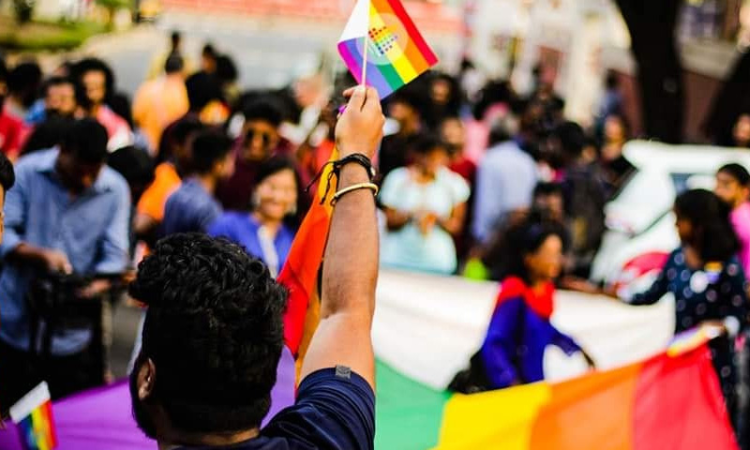The Transgender Persons (Protection of Rights) Act, 2019
Aman Burnwal
21 Aug 2020 12:15 PM IST

All but the transgender community in India has been deprived of basic rights in the fields of education, employment, and healthcare and have been subject to discriminatory practices since time immemorial. It was only recently that the need to protect their rights has been realised and a Bill was introduced in the Rajya Sabha "The Transgender Persons (Protection of Rights) Act, 2019" seeking to protect and empower them. Prior to the introduction of such bill, in the year 2013 the government set up an expert committee to study the problems faced by transgender community and suggest solutions. Thereafter a private member bill, The Rights of Transgender Person's was introduced in Rajya Sabha, which looked at a range of prerogative of such persons, providing specifically for them in health, education sectors, skill development and employment opportunities and protection from abuse and torture.
Though the Act recognises the rights of transgender accordingly but it suffers from certain lacunae, where the rights of transgender were protected but creation of any law which is not in consonance of right to equality is itself arbitrary. The need for proving one's own identity as 'self-perceived gender identity', the Act requires them to go through a screening process to get certified, and as a result be identified as a 'transgender'. Although the intent can't be faulted with, the manner of implementation defeats the very purpose of the Act. The Act has an effect of essentially legalising humiliation for transgender in the guise of recognition. It is unclear as to how these two provisions will be harmonized, and if there is a provision of 'self-identification', the need for a district screening committee feels unnecessary and impractical. Further, the Act provides no scope for any aggrieved individual in case it is denied a certificate of identification thereby vesting discretionary power with the committee in such a sensitive issue.
Surprisingly, the Act provides for a maximum punishment of 2 years of imprisonment in cases of sexual abuse against a transgender contrary to the maximum punishment of life imprisonment provided therein the Indian Penal Code, 1860 for such offences. The differentiation not only portrays how the people of this community are being treated unfairly but also indicates that government does not view the impact of sexual abuse on a transperson is as impactful as on women. The Act in the form of Bill was introduced by a committee in which had none of the members representing the transgender community thereby carrying with itself a stereotypical logic rather than any empirical understanding.
This act will help large number of transgender persons, alleviate the stigma, discrimination and abuse against the marginalised section and bring them into the mainstream of society. Passing an act does not amount to solution of the problems. Government must also initiate employment opportunities through different policies for the community to certify equality among the people and further policies should be made for favourable implementation of the act.
Views are personal only.


